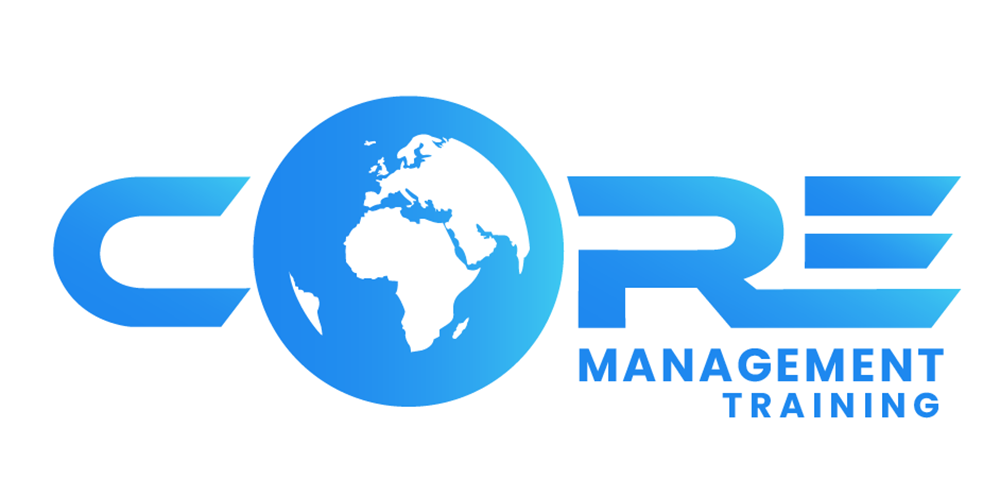Leadership is an important aspect of any organization. It provides a foundation that forms a structural and functional organization. Leadership helps direct and coordinate the activities of the employees, which in turn creates a more conducive environment for effective performance and productivity.
For an organization to be successful, a leader must be able to support employees and help them adapt to change.
Let us look at this in more detail.
How Does an Effective Change Leader Demonstrate Strong Facilitation to the Team?
The ability to provide direction and guidance to a team is an invaluable asset for any organization. An effective change leader demonstrates strong facilitation to the team in several ways. These include:
- Communicating the purpose of the change, its goals, and objectives.
- Gathering opinions and ideas and formulating them into a clear action plan that will work for the team and benefit the organization.
- Illustrating how the team’s respective roles will be affected.
- Developing a detailed timeline that explains what needs to be done and by when.
- Creating a sense of urgency while at the same time ensuring that the team understands that they are in charge of delivering on their part.
- Creating management strategies for dealing with any resistance
When employees have a clear understanding of what needs to be done, it helps alleviate any anxiety or uncertainty about the changes that are taking place.
Benefits of Developing a Change Vision
A change vision answers the question, “What will this change look like when it’s fully implemented?”
It is the ability to imagine a new reality, a clear and compelling picture of how different things will be after the change. It is also what can be referred to as a north star or compass for the team.
This vision should be:
- Specific enough that everyone can understand it,
- Available to all employees, and
- Provide a positive outlook on how things will improve in the future.
So what are the benefits of developing a clear vision for change? Here is an overview.
- A clearly defined vision statement enables effective communication within the organization.
- It helps in aligning the team’s energy and effort around a common purpose.
- Developing a solid vision brings into focus the goals and objectives of the organization.
- It helps in getting rid of obstacles because the employees are well aware of the organization’s goals and objectives.
- It serves as a guide for employees, making it easier for them to follow through on organizational change.
- It motivates employees as they see their role in achieving organizational goals.
- It makes the team’s work more meaningful because they can see how it contributes to something larger than themselves.
A leader who can create a compelling change vision and communicate it effectively to his or her team makes it so much easier for them to follow the change and ultimately, easier for them to accept it.
What Are the Competencies Necessary To Support Change?
A competent leader is more than just one who can motivate the team to work more effectively. Instead, the leader must be able to take initiative and adapt to the changing demands of a team and the organization. He/she should be able to read and respond in line with the needs of the team and its members.
Competencies that are necessary for a leader to keep a change project on track include:
Vision
This is a shared picture of the future that inspires others and helps them understand their roles in achieving that future state. To be effective, leaders must be able to articulate where they want to go and how they are going to get there.
Communication Skills
The ability to communicate effectively with all levels of stakeholders in an organization is one of the key competencies that are necessary for a good leader. It involves speaking, listening, and writing clearly for the intended audience.
Critical Thinking
A good leader is not one who follows or gives instructions blindly but thinks critically and analytically before taking any step. Critical thinking involves analyzing problems and situations from different perspectives to see how they impact a specific outcome.
Collaboration
Leaders with collaborative skills can build relationships, influence, coach, and mentor others. They can work through conflicts by listening and responding to differing viewpoints, advocating for others, acting as a resource, and offering help when needed.
Project Management
This includes the ability to oversee projects from inception to completion, including planning phases, execution, monitoring, and controlling phases. Leaders also need to know how to motivate their employees by providing incentives such as bonuses, promotions, or recognition when appropriate.
Knowledgeable
A leader must be able to understand how his or her company operates as a whole. This includes its goals, strategies, and financial performance, as well as incorporate smarter processes to ensure everything runs smoothly.
Why Leading Your Team Through Change Is Important
Leading through change is a difficult but essential skill to have. Every workplace is subject to changes, and these can be distracting and confusing, making it hard for your team to stay productive and focused. As a leader, you can make sure that when changes happen, your people keep their eyes on the ball.
By helping your team navigate through these changes, you create an environment that is less stressful in times of transition. A good leader will also have a responsibility for change and look for ways to improve their own skills during the process.
Tips for Leading Your Team Through Change in the Workplace
When a new project is announced, or a major shift in strategy is unveiled, it falls to team leaders and managers to set the stage for how the change will be received and carried out by their group. But what if the change is affecting your team’s focus on their daily duties?
As a leader, you have the opportunity to help your team stay focused despite the distractions that come with changes in the workplace.
Here are a few tips for successfully leading through change:
- Be clear about what is expected from each member of your team.
- Be transparent about the various processes involved in the change.
- Create a structure that will keep them on track throughout the change process.
- Provide tools that are conducive to achieving goals within the allotted time frame.
- Trust your team to do their jobs well.
Bottom Line
No matter how big or small the business is, change is pivotal to growth. It’s one of the most important steps in ensuring a greater future for your organization. When you maintain a strategic approach to change management, you can start to raise your organizational performance along with standards. Please like, share or comment on this post.


